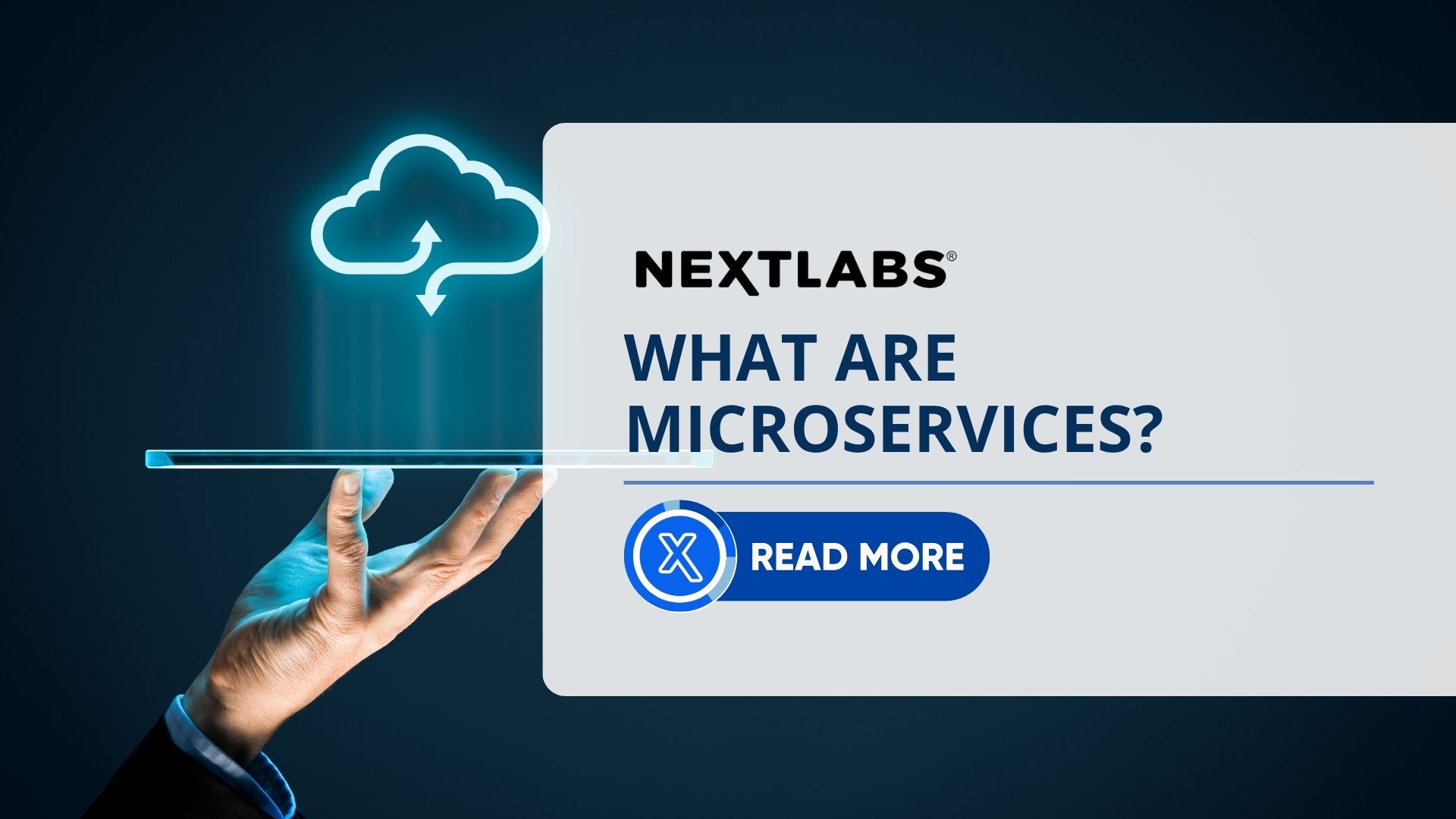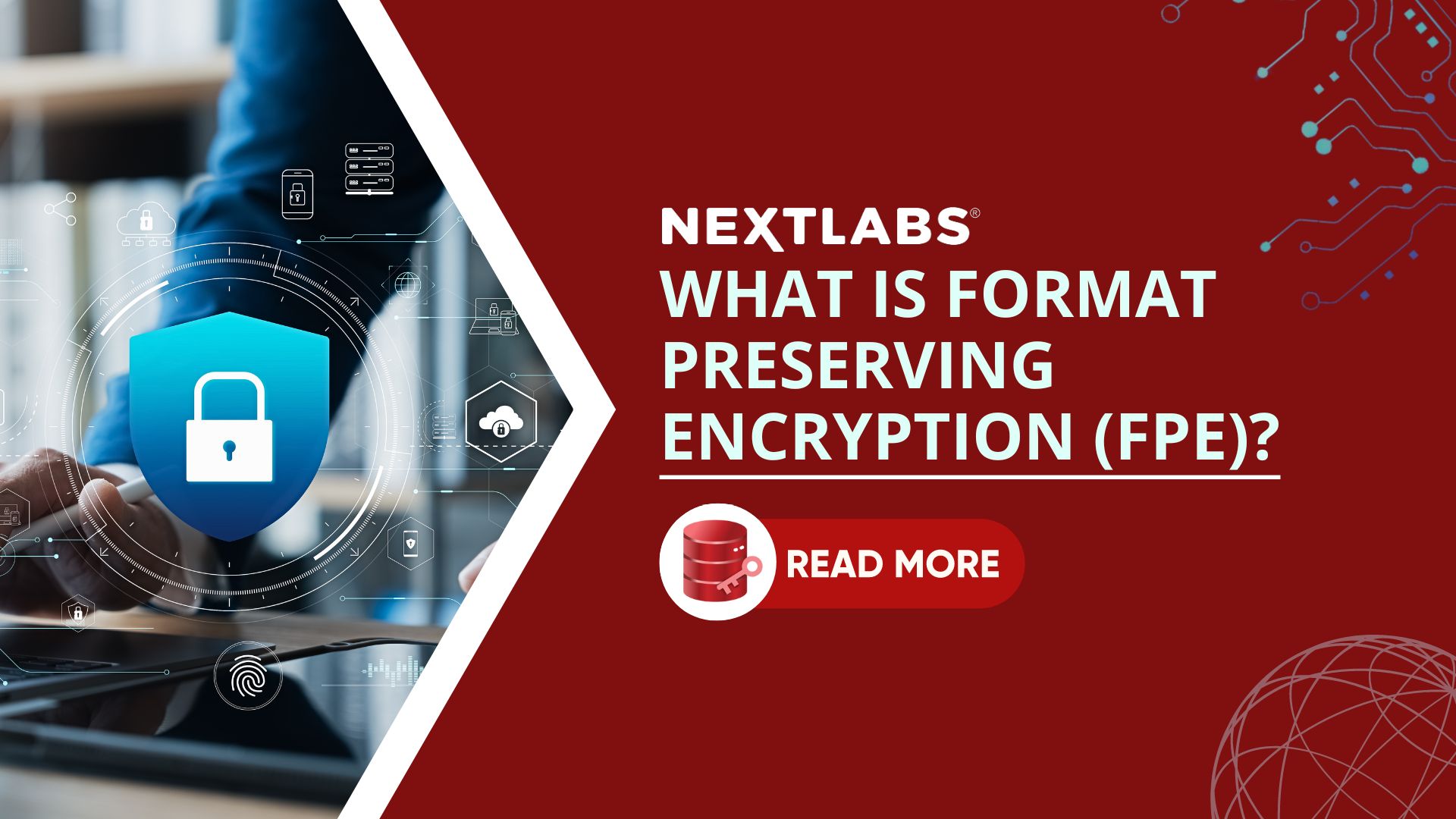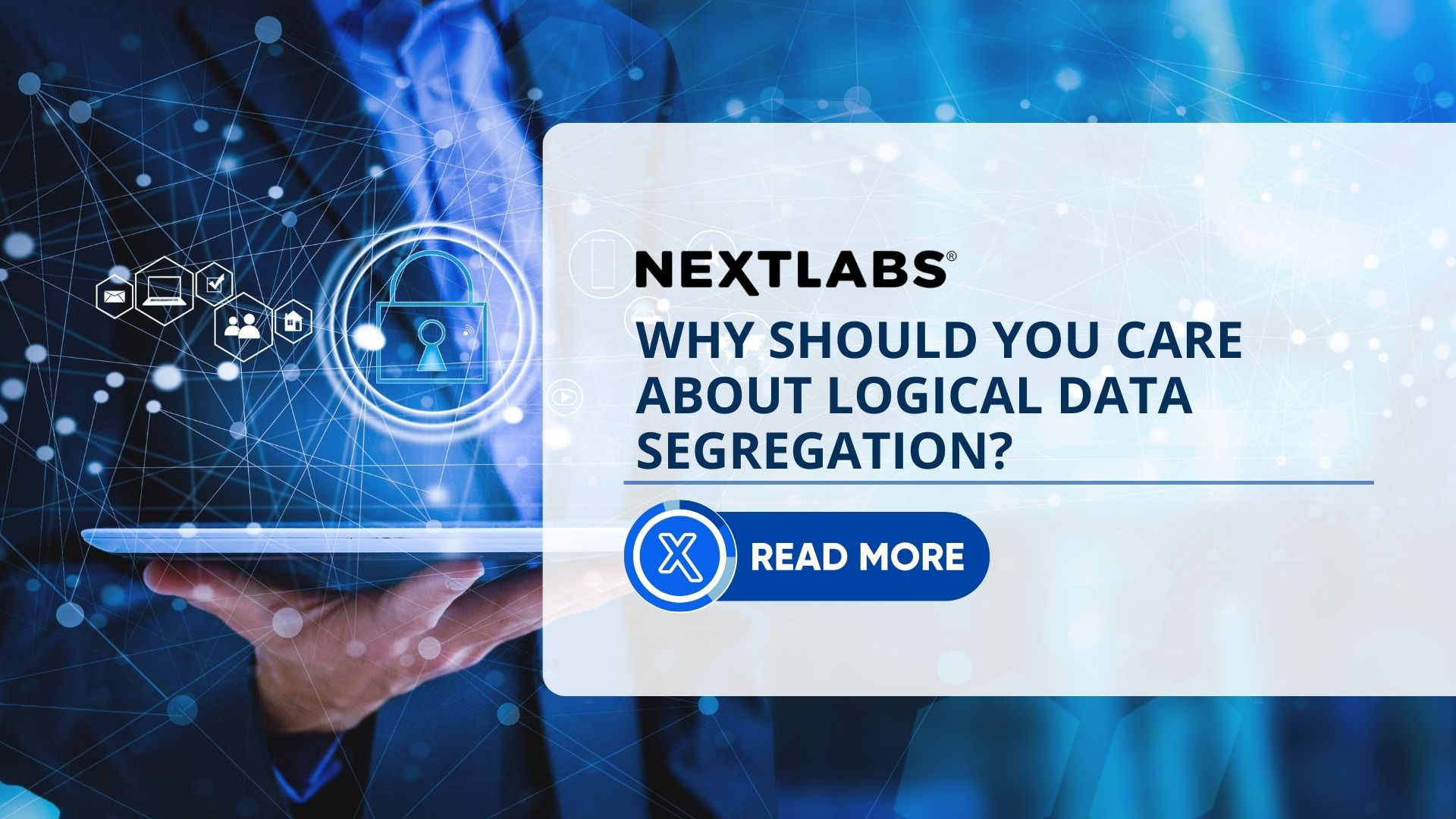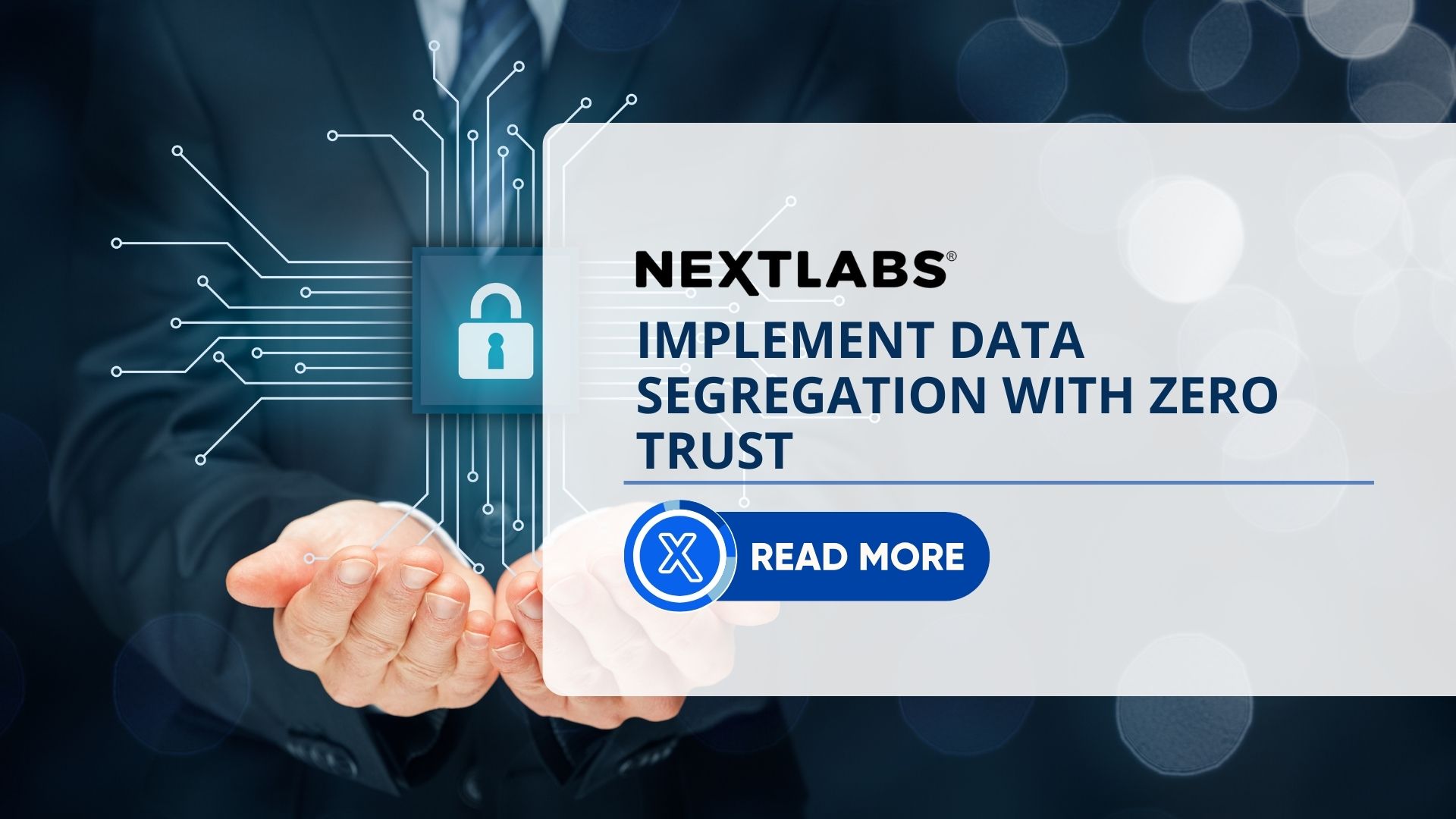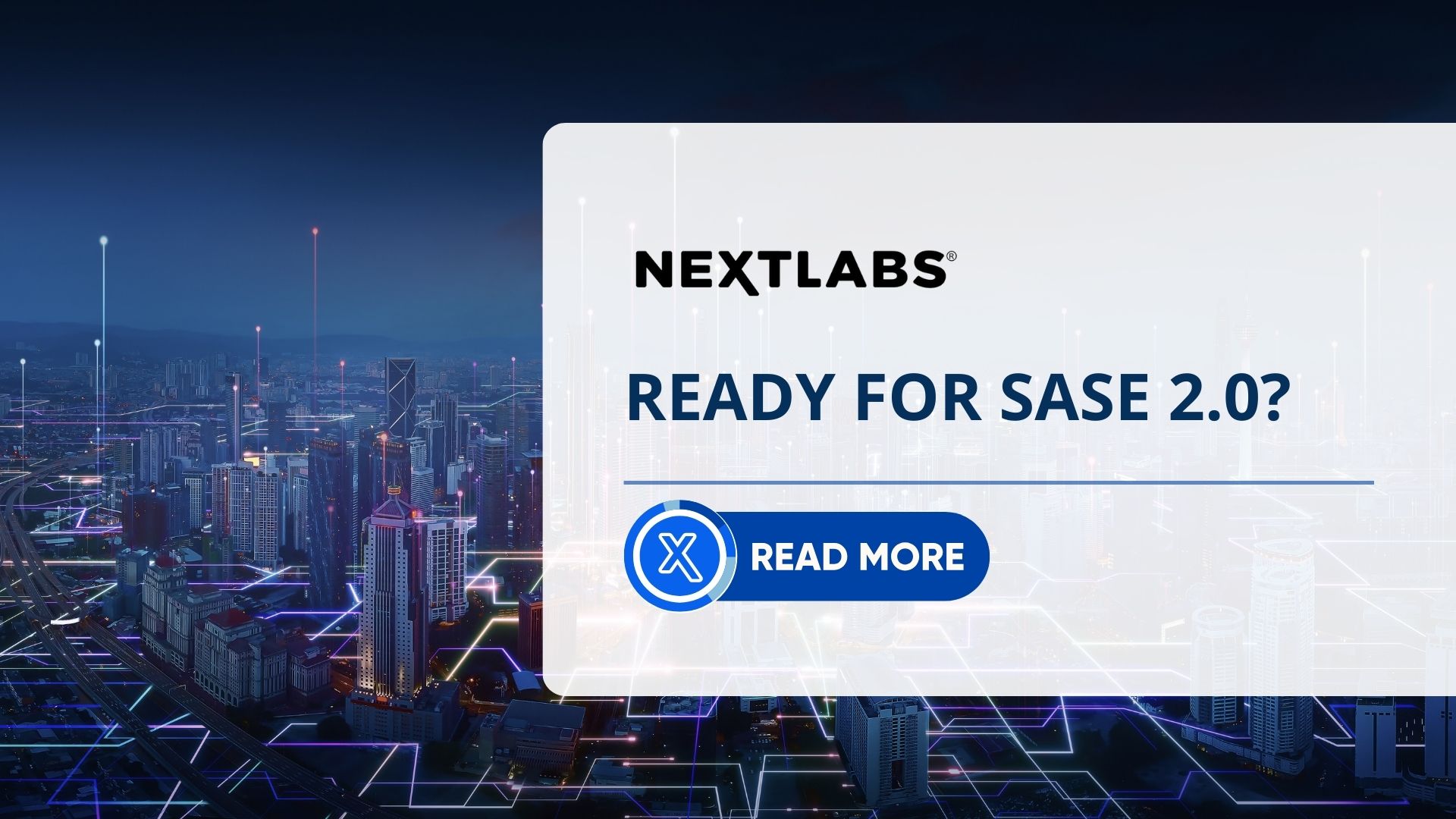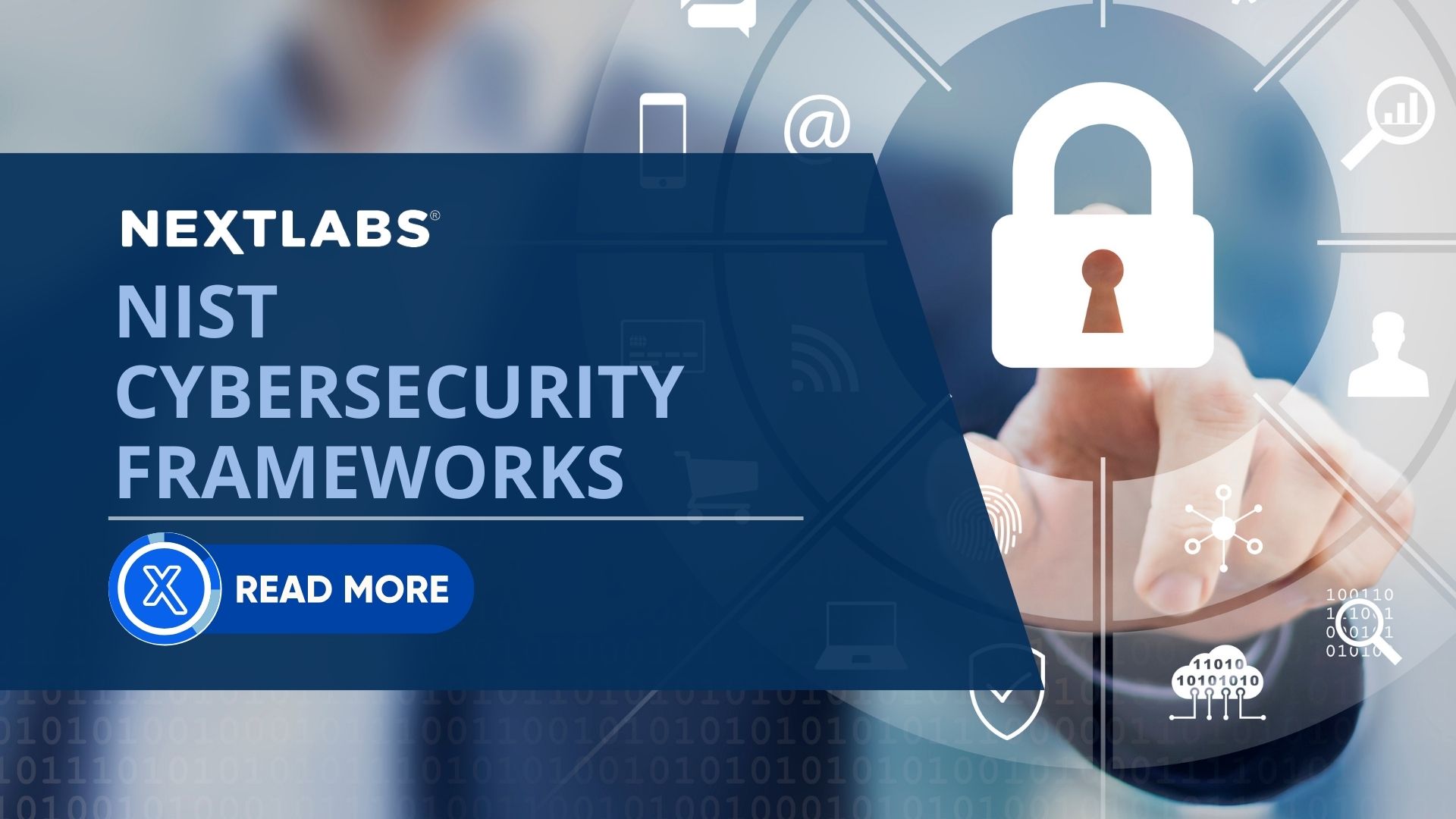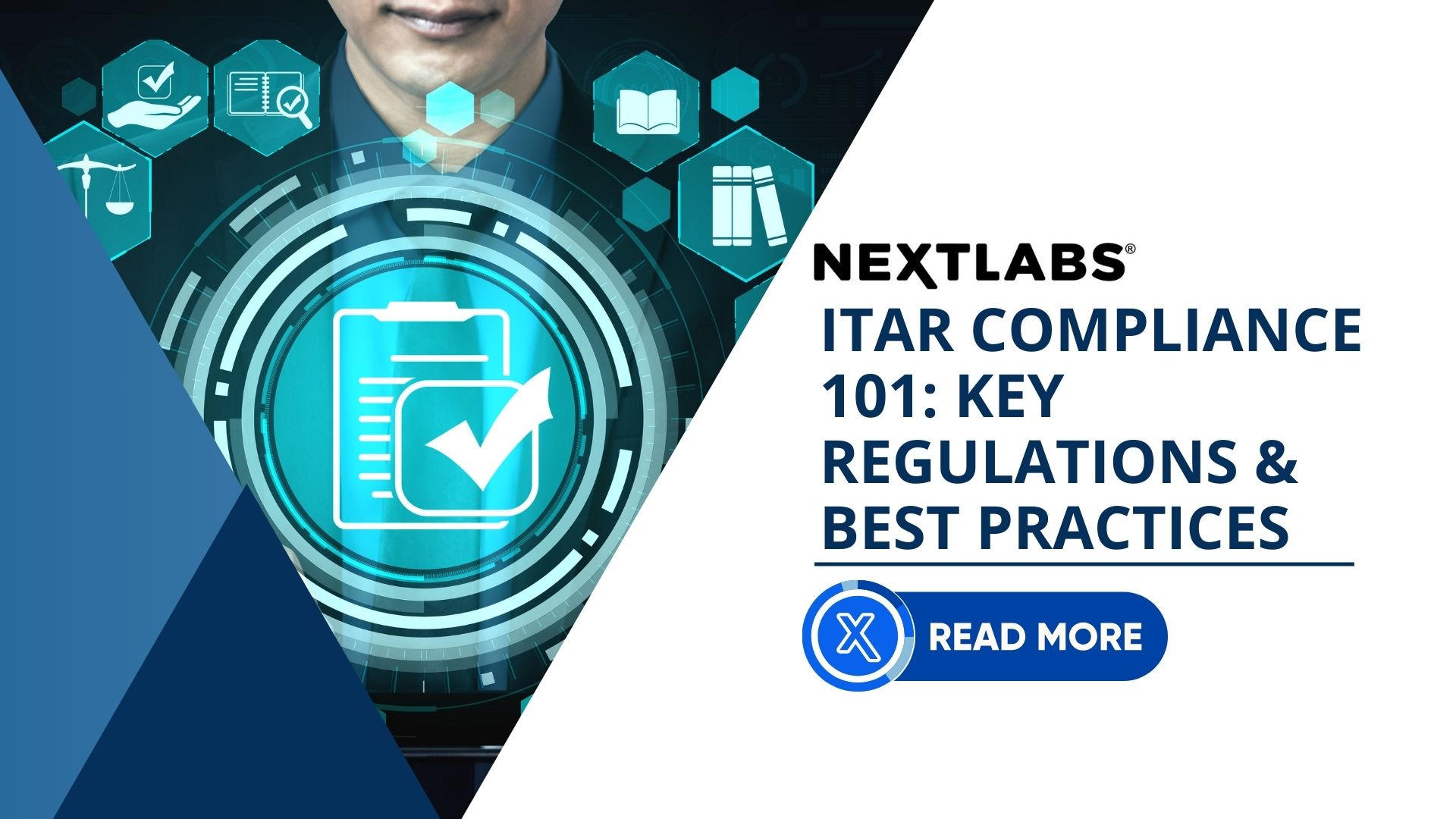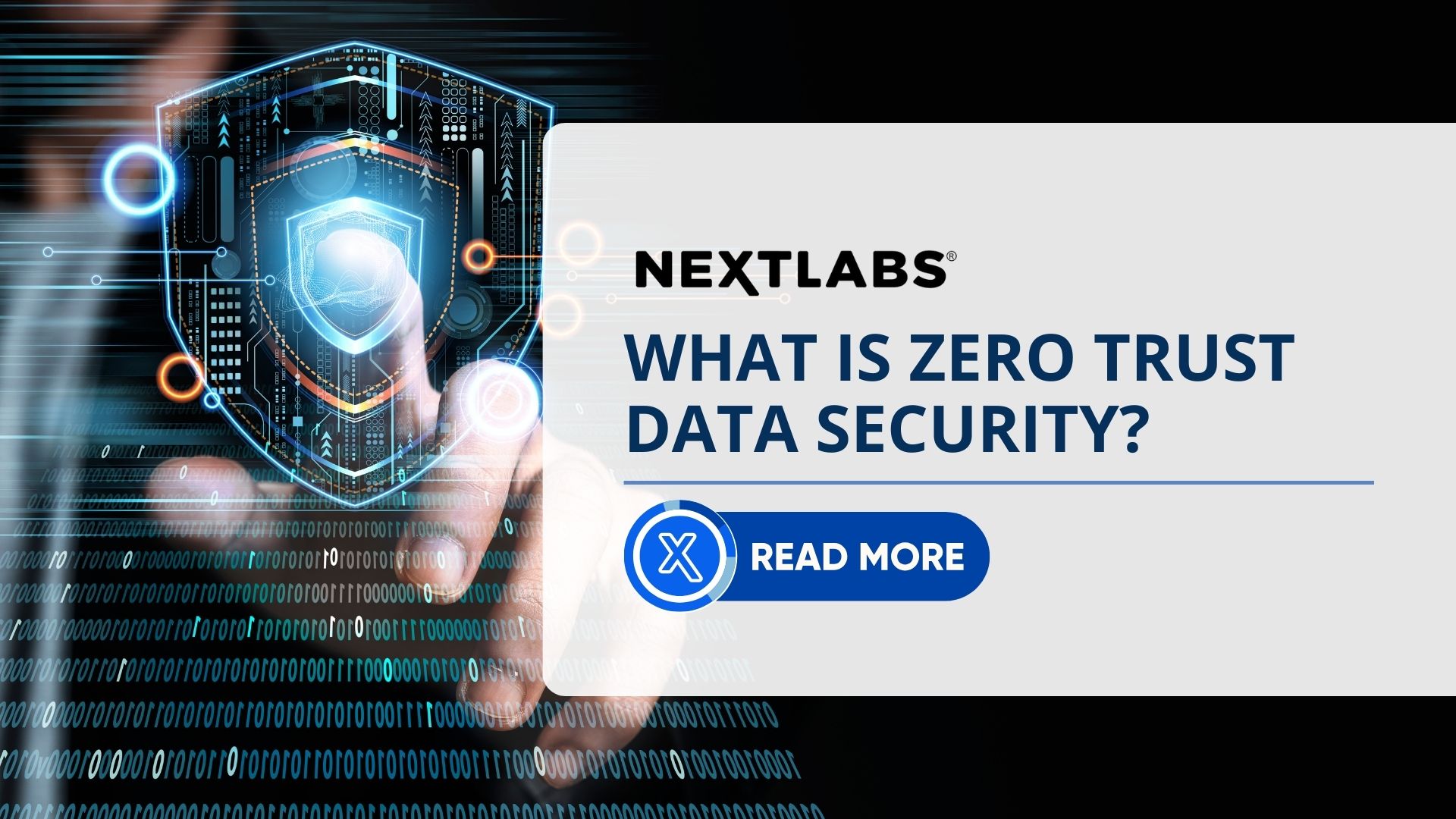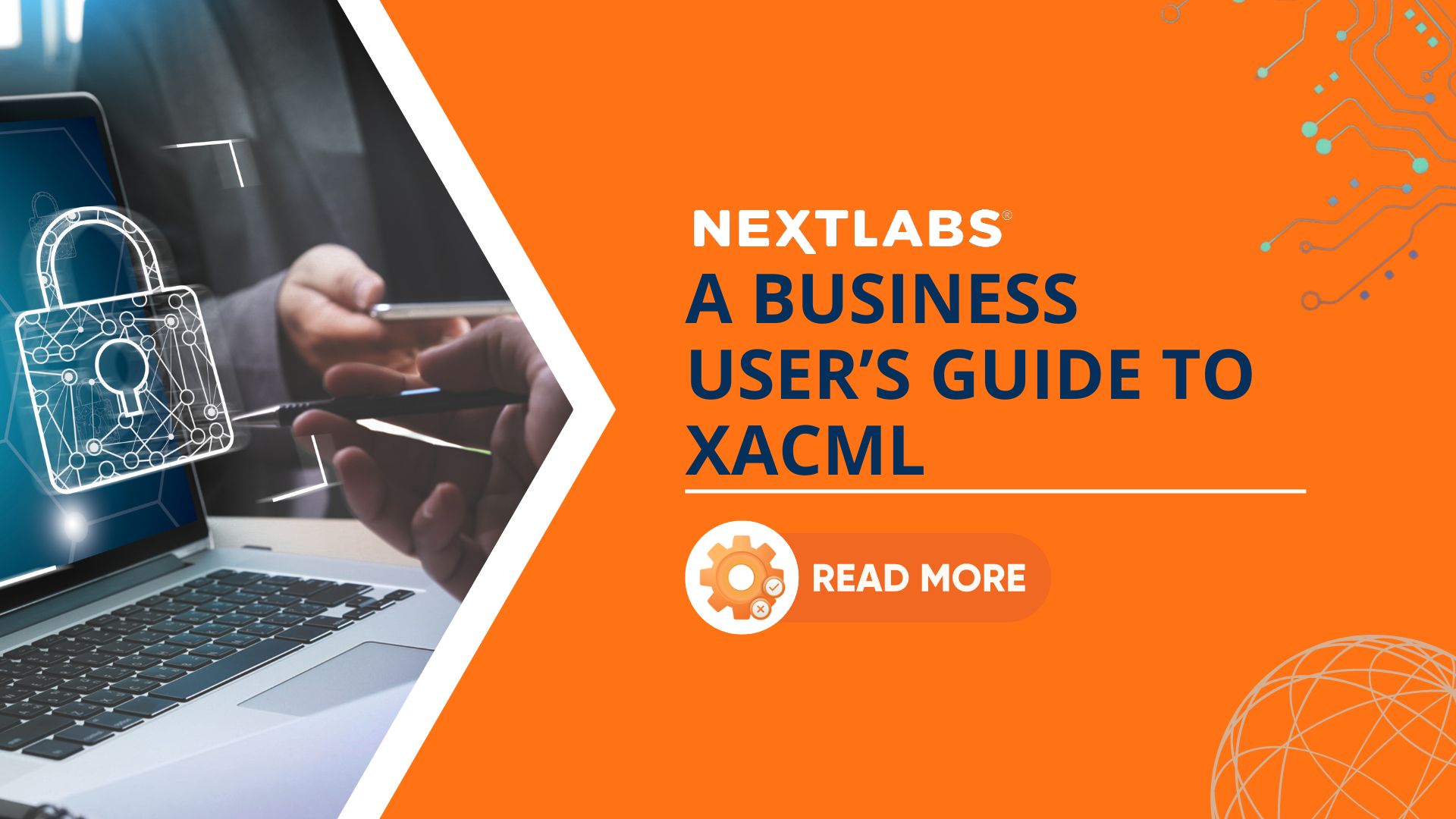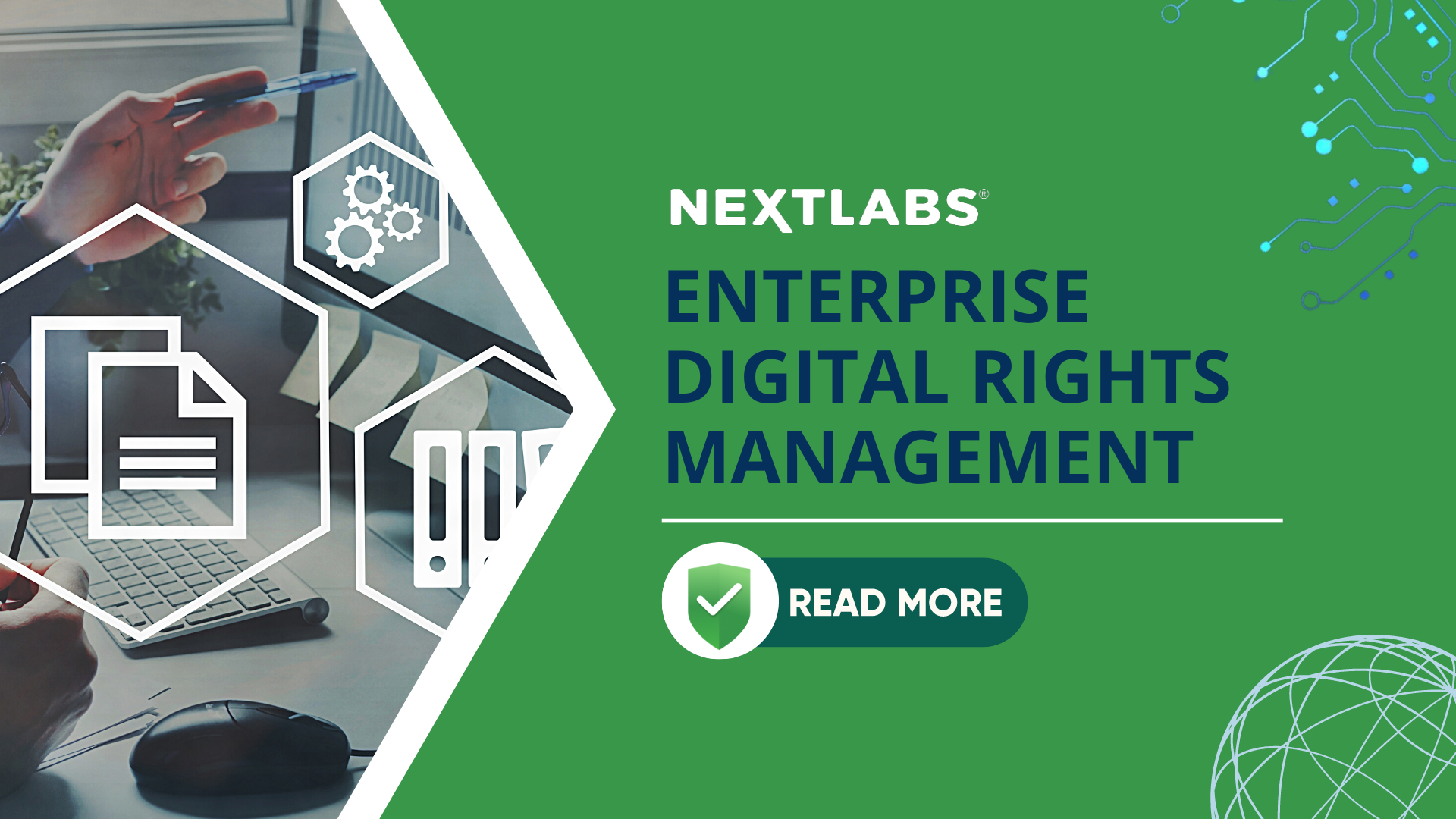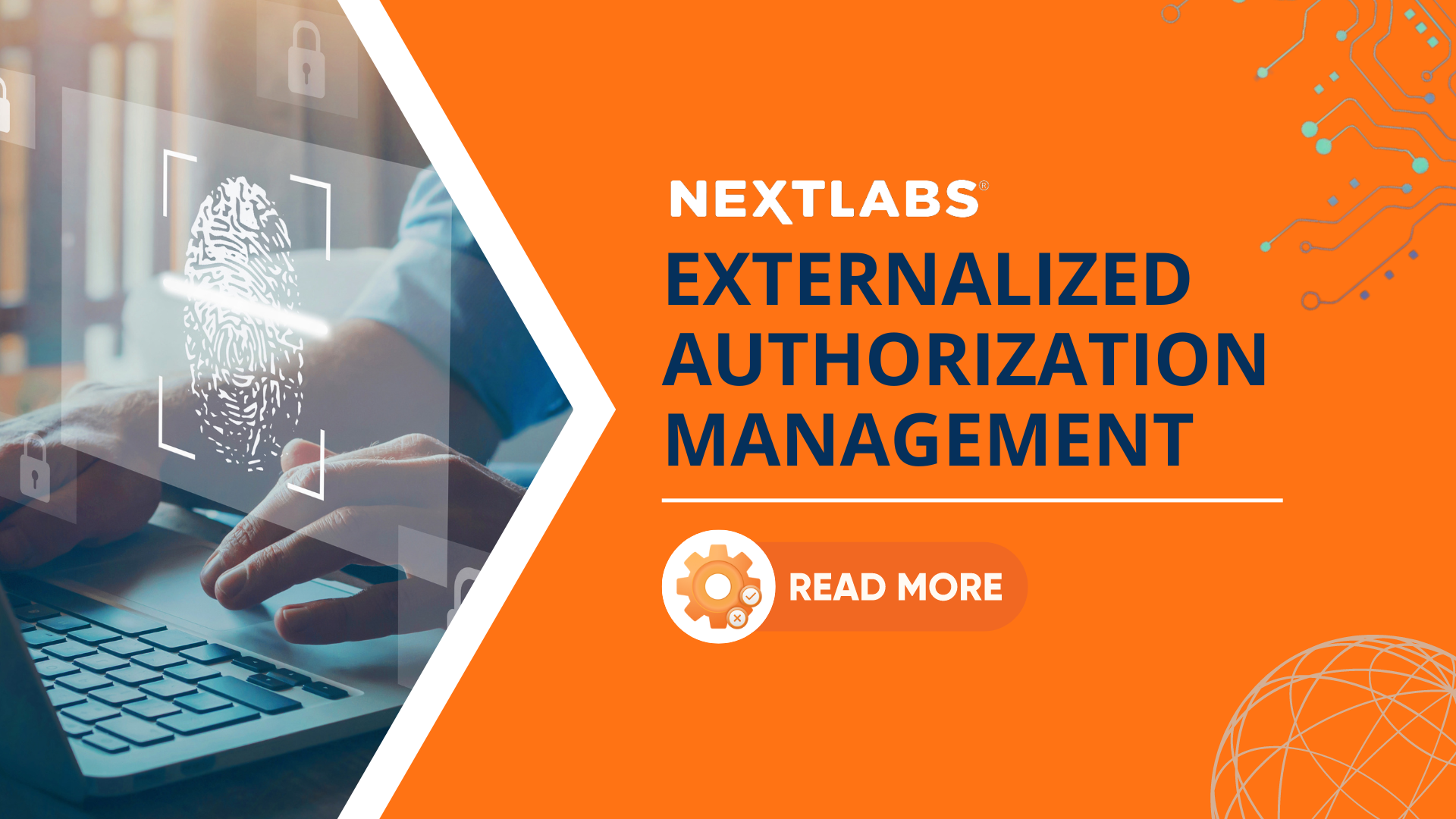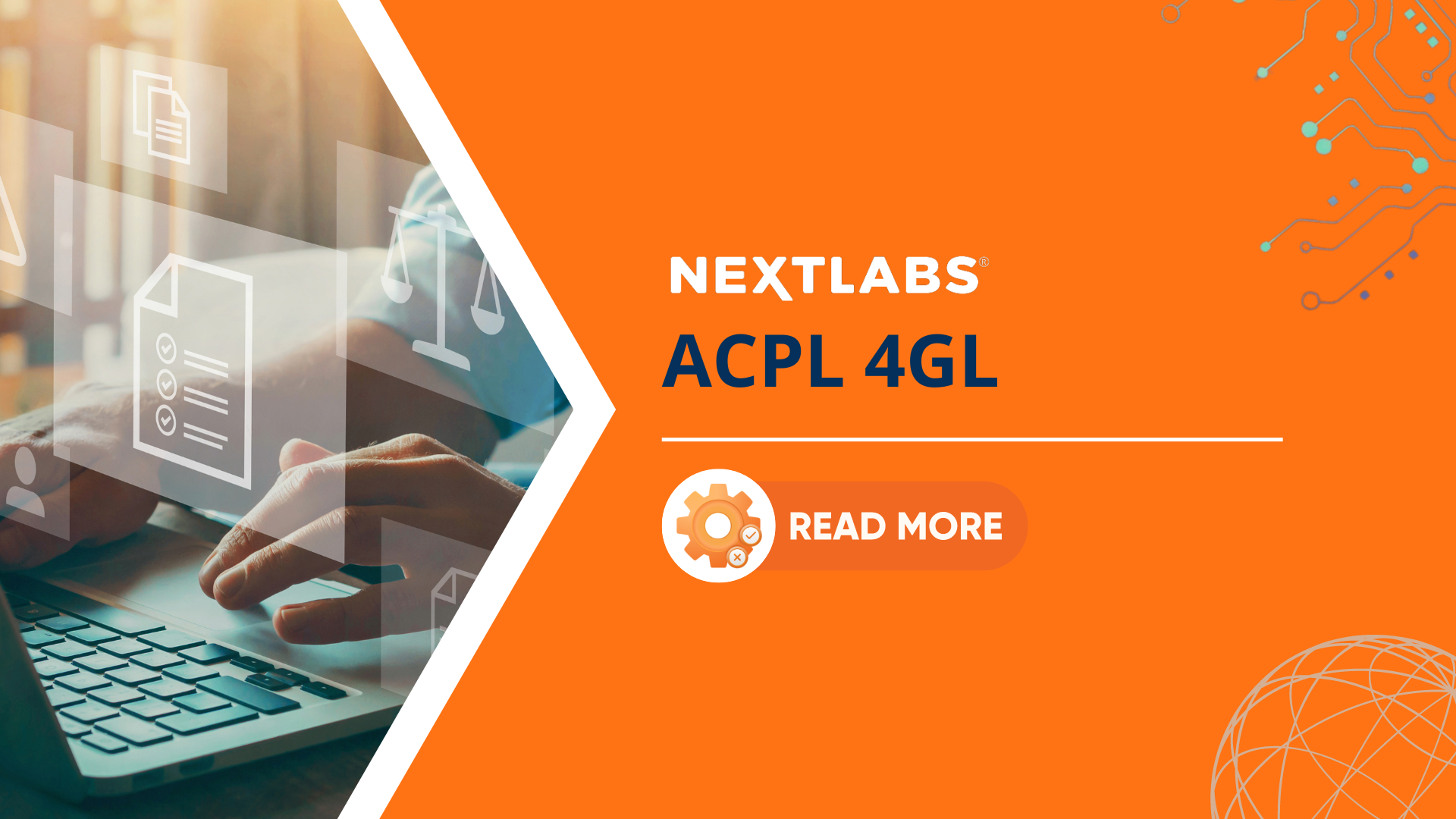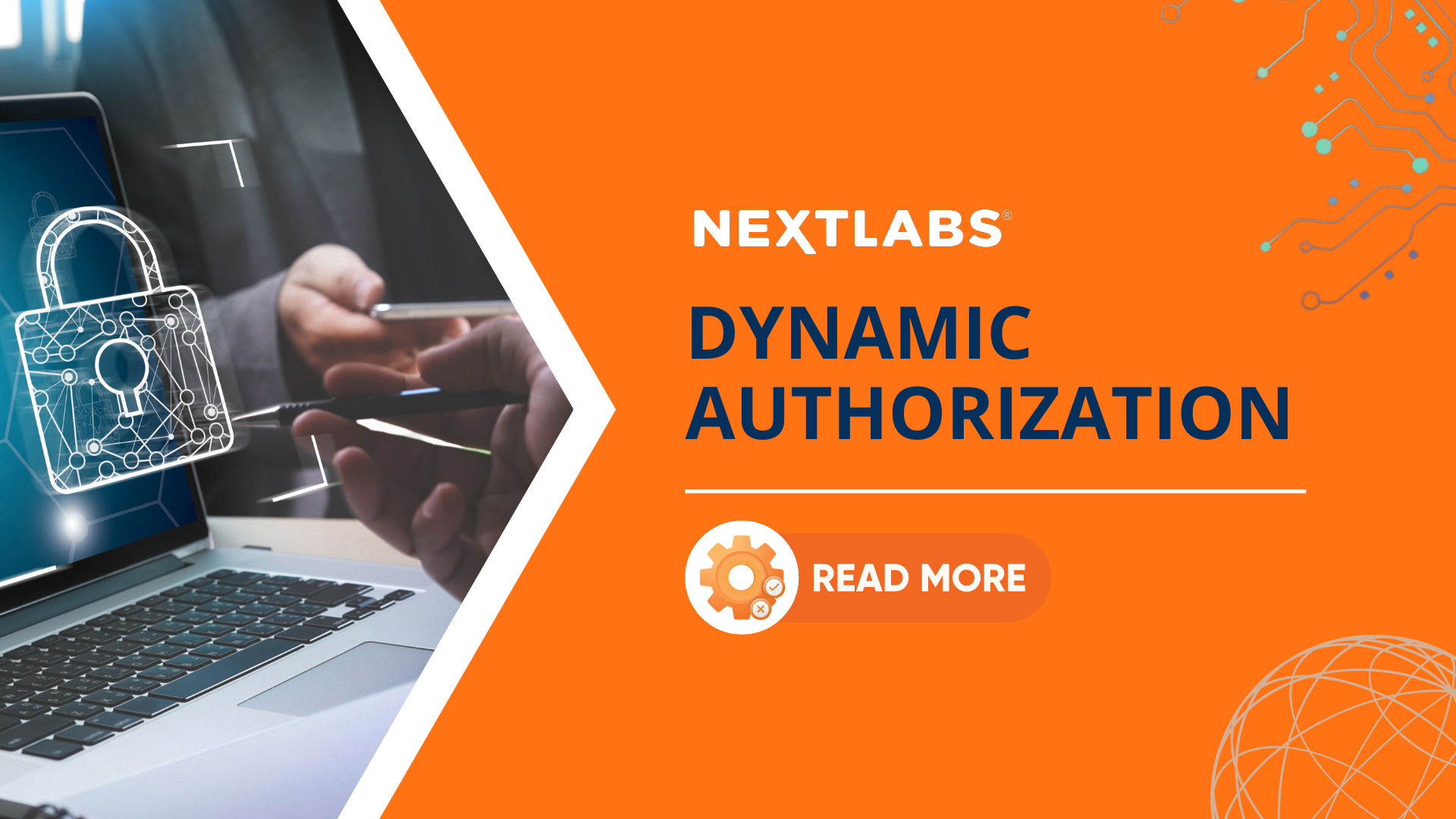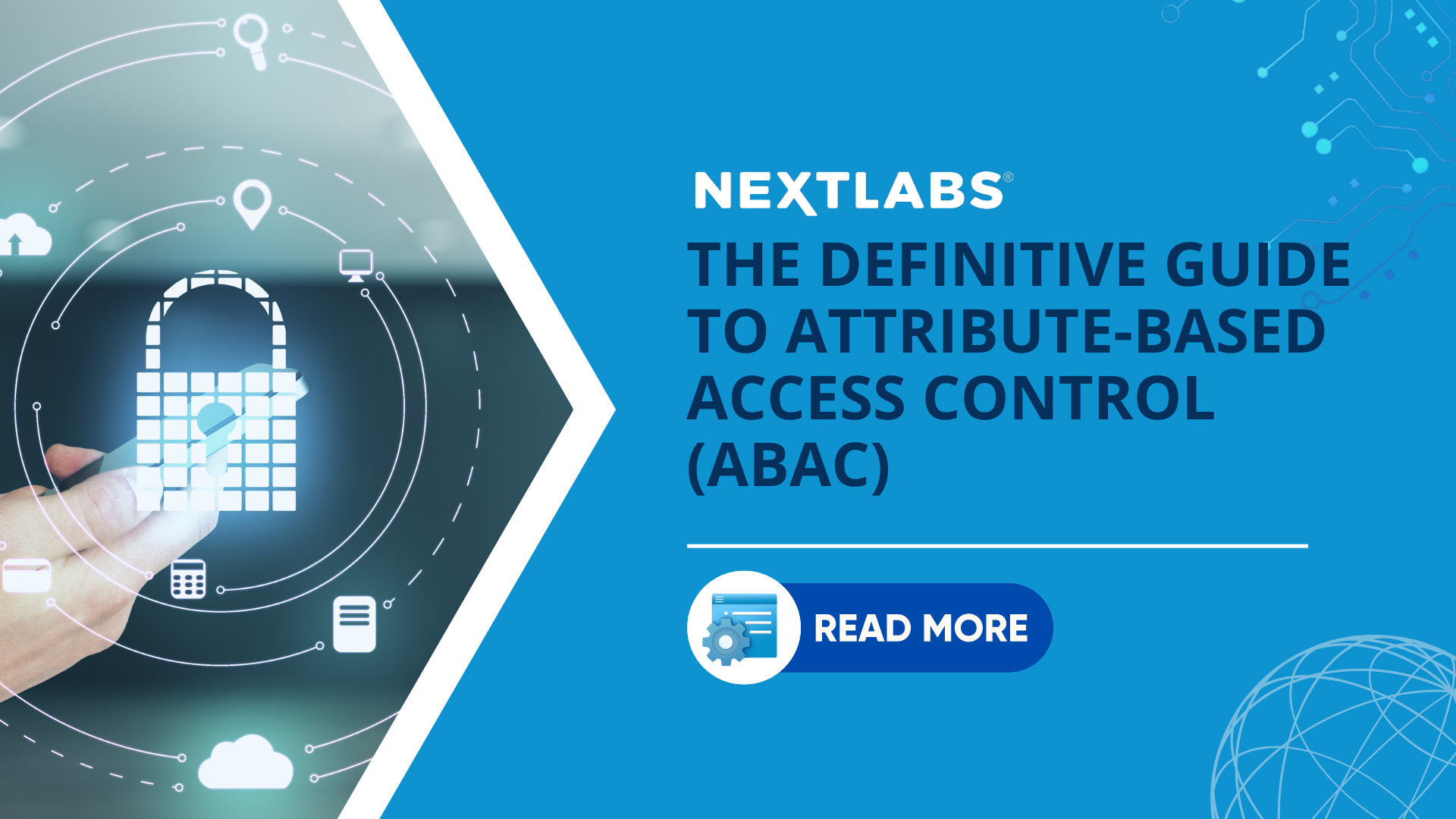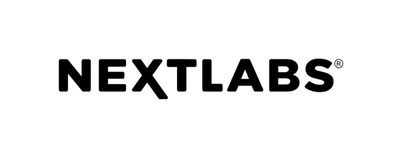Featured Article
What is Attribute-Based Access Control?
By many, including Gartner and NIST, ABAC is now being considered as the dominant mechanism for the future. As part of a consortium tasked with creating a reference architecture for ABAC, NextLabs was selected by the National Institute of Standards and Technology (NIST) to help define the core capabilities and benefits of ABAC.
All NextLabs Articles
Microservices, otherwise known as microservices architecture, refers to an architectural approach that is composed of many small services which are loosely coupled and independently deployed.
Format-Preserving Encryption, or FPE, refers to encryption where the encrypted output is in the same format as the input, or the original data.
Logical data segregation is the practice of logically separating data based on specific criteria like sensitivity, access requirements, and more.
Logical data segregation empowers organizations to efficiently manage data, enhance data governance, and build trust with stakeholders.
Secure Access Service Edge (SASE) is a concept introduced by Gartner in 2019 which combines network and security capabilities as a service, based on the identity of device or entity, and real-time context.
User-friendly compliance solutions from NextLabs help organizations discover compliance risks, reinforce employee compliance training, prevent violations, automate procedures to reduce compliance errors, and audit data usage for regulatory compliance.
ITAR Compliance refers to the adherence to the regulations outlined in the International Traffic in Arms Regulations (ITAR), a crucial framework governing the export and transfer of defense-related articles, services, and technical data.
“Technical data” refers to a critical component of information that accompanies physical items or technology. It encompasses a wide range of data, including blueprints, diagrams, schematics, formulae, engineering designs, plans, photographs, manuals, and documentation.
Export Controls are laws and regulations that govern the transfer or disclosure of goods, technology, software, services, and funds originating in one country to persons or entities based or having citizenship in another country, even if the regulated items are not crossing an international border.
Zero Trust and Data Centric security can be complementary approaches to security. Zero Trust can help to limit access to sensitive data, while Data Centric security can help to protect the data itself. By combining the two approaches, organizations can create a comprehensive security strategy that provides both network-level and data-level protection, helping to improve their overall security posture.
XACML stands for “eXtensible Access Control Markup Language”. It is an XML-based markup language designed specifically for Attribute-Based Access Control (ABAC). The standard defines a declarative fine-grained, attribute-based access control policy language, an architecture, and a processing model describing how to evaluate access requests according to the rules defined in policies.
Enterprise Digital Rights Management (E-DRM) technology is designed to secure sensitive data from unauthorized access or theft by both internal and external parties. Learn more about how to implement E-DRM to ensure sustainable security protection for both your business and customer data.
A policy engine is an essential component of Zero-Trust Architecture (ZTA), which has gained popularity in recent years as a security model that trusts no user or device by default. With the proliferation of data breaches and cyber attacks, organizations are seeking to adopt a Zero-Trust approach to secure their sensitive data and critical assets.
CMMC is a formal document proving a company’s compliance with NIST SP 800-171. The purpose of CMMC is to verify that the information systems used by DOD contractors to process, transmit or store sensitive data meet a list of mandatory information security requirements.
Typically, information and application access policies are hard coded into the application. That necessitates many months of coding effort to make any policy changes, which no longer fits with the speed of business today. Externalized Authorization Management externalizes access control decisions to a decision point that is decoupled from the application.
NextLabs’ Active Control Policy Language (ACPL) is a fourth-generation policy language (4GL) based on the XACML standard for access control. It’s the underlying language of NextLabs Control Center, the platform that allows users to express and manage information control policies.
Dynamic authorization is the core technology behind the NextLabs platform, in which authorization and access rights to an organization’s network, applications, data, and other sensitive assets are granted dynamically in real-time via attribute-based access control (ABAC) policies. A dynamic authorization system with ABAC significantly streamlines the management process, removing the need to individually administer hundreds of thousands of access-control lists and role assignments on a daily basis.
Attribute-based access control (ABAC) has emerged as the next-gen technology for secure access to business-critical data. The complexities of today’s IT landscape – think cloud apps, data silos, mobile, IoT, Big Data – has exposed the limitations of role-based access control (RBAC) solutions, leaving organizations vulnerable on the data security front. By many, including Gartner and NIST, ABAC is now being considered as the dominant mechanism for the future.

